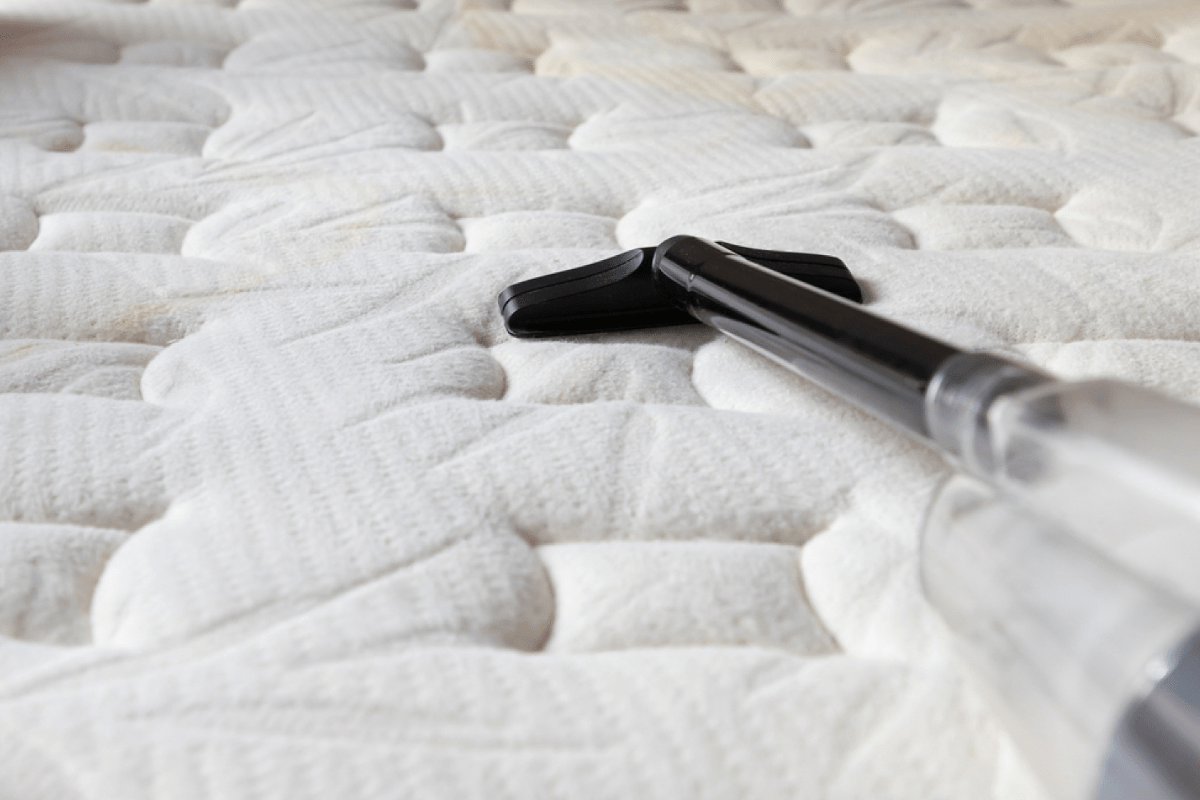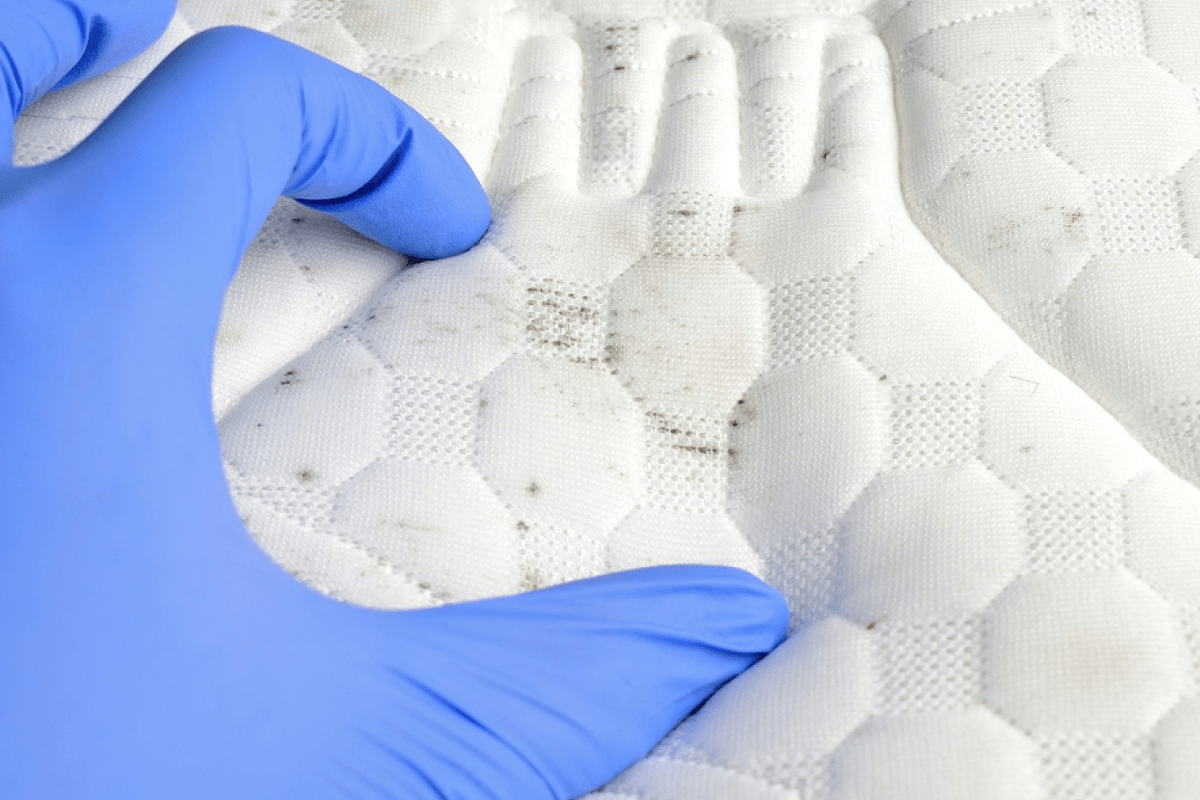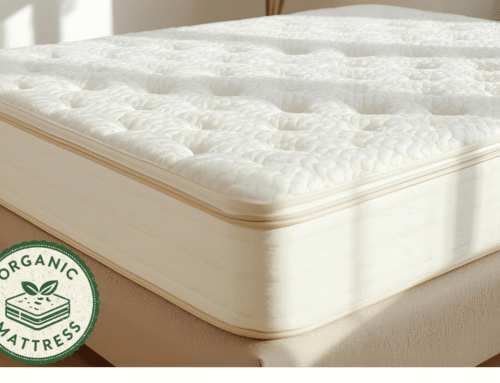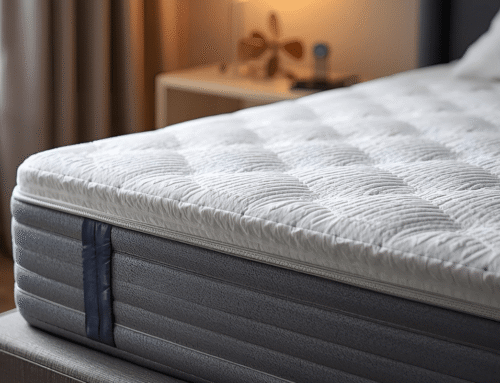Memory foam provides a soft and supportive feel that many people enjoy, but it doesn’t handle moisture well. Understanding a gel memory foam mattress and memory foam mattress helps in knowing how different types may react to moisture and drying. Once it absorbs liquid, it traps it deep inside, and that can lead to mold growth. A spilled drink, a kid’s nighttime accident, or even overzealous cleaning can all leave the foam damp longer than expected.
Drying a memory foam mattress takes patience and the right tools. It helps to have fans or a wet-dry vacuum, and placing the mattress where there’s good air circulation goes a long way. Sunlight is helpful too, though direct heat sources like hairdryers or space heaters aren’t recommended since they might damage the foam’s structure.
Rushing the drying process can cause more harm than good, especially if the moisture stays trapped. That musty smell some people notice could mean that mold is already growing inside. Proper cleaning techniques, including effectively removing urine and stains from a memory foam mattress, are essential steps that tie directly into the drying process to ensure the mattress remains fresh and safe to use. This guide breaks down each step so anyone can dry their mattress safely and avoid bigger issues down the road.
Key Takeaways
- Enjoy the soft support of memory foam, but keep in mind it traps moisture easily. Quick and thorough drying helps prevent mold and extends the life of the mattress.
- Use absorbent towels or a wet‑dry vacuum right away to pull out excess moisture before it sinks deeper into the foam.
- Promote airflow by standing the mattress upright in a room with fans or a dehumidifier. Gentle and indirect sunlight can help, but avoid direct heat that might damage the foam.
- Sprinkle baking soda after the initial drying to absorb lingering dampness and neutralize odors, then vacuum it off once the mattress is completely dry.
- Protect your investment by using a waterproof mattress cover and keeping the room well‑ventilated to prevent future spills and moisture buildup.

Why It’s Important to Dry a Memory Foam Mattress Properly
Drying a memory foam mattress thoroughly isn’t just about comfort. It helps prevent musty odors and stops mold from developing. Damp foam holds moisture for a long time, especially in the deeper layers. That trapped moisture can lead to mildew or bacteria, which is hard to get rid of once it spreads.
Letting the mattress dry completely keeps it from losing its shape too soon. Memory foam that stays wet tends to sag or soften in spots where it shouldn’t. Over time, that uneven support can make sleep uncomfortable and reduce the mattress’s overall lifespan.
A dry mattress also means fewer chances of triggering allergies or respiratory problems. Mold spores and dust mites thrive in damp spaces, especially inside foam. Keeping the mattress dry not only protects the material but also supports a cleaner and safer sleeping environment.
Using the mattress before 48 hours usually accelerates deterioration and encourages mold growth that damages the foam’s structure. Memory foam mattresses generally last several years when properly cared for, but moisture issues can shorten their lifespan significantly. Knowing when to replace the mattress is important to maintain comfort, hygiene, and support, especially if signs of sagging, odor, or mold appear.
What Causes Memory Foam Mattresses to Get Wet?
Memory foam absorbs liquid easily, so spills or nighttime accidents don’t just stay on the surface, they sink in fast. Even washing the mattress cover without checking for dampness underneath can leave moisture trapped. Over time, consistent sweating or sleeping in a humid room adds to the buildup without anyone realizing it.
Leaks, spills, and trapped moisture can affect the mattress’s shape and comfort over time, so understanding how long a memory foam mattress takes to expand, how often you should rotate it, and how to fix dip in a memory foam mattress helps maintain its durability and performance.
Leaving the mattress wet for too long invites mold and musty odors that don’t go away easily. It’s better to prop it up in a dry room, use fans or a dehumidifier, and check every layer, not just the top. Drying takes time, but rushing with heat can ruin the foam’s shape and support.
What You’ll Need to Dry a Memory Foam Mattress
Drying a memory foam mattress takes patience and the right tools. Clean, dry towels help absorb as much moisture as possible right away, especially if the spill or leak is fresh. A wet or dry vacuum can speed things up, but it’s not a must, just helpful for pulling out deeper moisture.
A fan is great to keep air circulating and helps prevent any musty smell. A hairdryer on the cool setting can target damp areas, though it’s better to keep it moving rather than focusing on one spot too long. Heat should be avoided since it can damage the foam’s structure.
Baking soda can help draw out any leftover moisture while neutralizing odors. A dry and sunny spot like a room with good airflow or an outdoor space with shade can make drying quicker and more effective. Letting the mattress breathe naturally without sealing it under covers or plastic can also help.

Remove Excess Moisture
Start by placing clean and dry towels over the damp area and pressing down gently. Rubbing spreads moisture around instead of lifting it, so pressing works better. Several towels may be needed since the first few can get saturated fast.
A wet or dry vacuum can help pull out the water that’s already soaked in. It’s important to set it to the right mode so the vacuum doesn’t damage the material. Foam layers, especially memory foam, can break down if handled too roughly. Some have tried letting it air dry without blotting first, but that usually just leaves it damp for too long. Using towels or a vacuum right away helps speed up drying and prevents that lingering damp smell. It’s a bit of effort but feels worth it later.
Knowing how much is a memory foam mattress and what thickness of memory foam mattress is best can help you choose the right product to care for and maintain properly, especially when dealing with moisture issues.
Air Dry in a Well-Ventilated Area
Proper care extends beyond drying. Properly storing your memory foam mattress is essential to maintaining its shape and freshness. When storing, keep the mattress in a well-ventilated area to prevent moisture buildup and odors. Rotating your mattress on a regular schedule helps ensure even wear and avoids sagging.
Letting the mattress air dry in a space with plenty of airflow tends to work best. A room with open windows, steady circulation, and low humidity helps draw out lingering moisture. Leaning the mattress upright against a clean wall gives both sides a chance to dry evenly. Fans help a lot in this situation. Some people place one on each side to keep the air moving around the mattress. That’s especially helpful in rooms where natural airflow isn’t strong enough on its own.
Avoid aiming heaters or dryers at the mattress, especially if it’s made of memory foam. Too much heat over time can cause the foam to break down or lose its shape. Sunlight might seem helpful, but extended exposure can also wear down materials faster than expected.

Use a Hairdryer on Cool Setting
Using a hairdryer on the cool setting can help dry a damp mattress without damaging the foam. The dryer should stay about a foot away from the surface, and it’s best to keep it moving. Hot air should be avoided since it can easily warp the foam or leave behind a permanent dip.
Some have tried this after spot cleaning or during humid days when the mattress takes longer to dry. It works well when the area is just slightly damp. The key is patience as rushing with heat does more harm than good, especially for foam layers.
Others suggest airing out the room with fans while using the dryer for better airflow. Combining those two methods tends to shorten the drying time. A little airflow and cool air can do the trick without risking damage to the material.
Add Baking Soda to Help with Moisture and Odor
Baking soda works surprisingly well on damp spots that start to smell musty. A light sprinkle over the area and a few hours of waiting can already change how the space feels. Some prefer leaving it overnight to really soak things up.
After sitting for hours, the baking soda can be vacuumed using a hose attachment. The powder often clumps slightly from the moisture, so a gentle back-and-forth motion helps lift it cleanly. People who’ve tried this more than once say it’s worth repeating in especially stubborn spots.
It’s been used in homes with pets, kids, and older carpets, and results tend to be consistent. Some add this step to their usual routine after spills or rainy days. It’s a simple method that doesn’t require strong chemicals or fancy tools.
Check for Dryness and Mold
It’s important to ensure the mattress is fully dry before using it again. Pressing a hand gently on the surface can help detect any lingering moisture, as a damp feel might mean it’s not ready yet. This simple check prevents discomfort and potential issues down the line.
Checking for mold is equally essential. Mold often appears as dark spots or patches and may come with a musty odor. Noticing these signs early helps avoid health risks and keeps the sleeping environment safe and clean.
If mold is spotted, cleaning should be done promptly with mild soap and water. After washing, the mattress must dry thoroughly to prevent the mold from returning. Proper care extends the mattress’s life and maintains a healthy space to sleep in.

Tips to Prevent Future Moisture Problems
Using a waterproof mattress protector helps guard against spills and accidents that can cause moisture buildup. It’s a simple layer of defense that keeps liquids from seeping into the mattress and creating issues down the line.
Good airflow in the bedroom plays a big role in keeping humidity low. Opening windows or using fans regularly helps stop dampness from settling in, which can otherwise lead to mold or mildew problems.
Regularly washing bedding and ensuring it’s fully dry before putting it back reduces the chance of moisture lingering. Also, raising the mattress off the floor with a bed frame or platform encourages better air circulation, which helps keep the mattress dry and fresh.
Another way to improve mattress comfort and help prevent moisture problems is by making your memory foam mattress firmer and cooler. Increasing firmness can reduce the mattress’s tendency to retain moisture, while keeping it cooler improves airflow and helps evaporate any trapped humidity for fresher and drier sleep surface.
Final Thoughts
Drying a memory foam mattress takes patience, but it’s important to keep it fresh and comfortable. Absorbing excess moisture first and then allowing the mattress to air dry naturally helps avoid damage. Using a cool setting on a hairdryer can speed up drying without risking the foam’s integrity, and a light dusting of baking soda can help absorb lingering dampness and odors.
Protecting the mattress from future spills by using a waterproof cover adds an extra layer of defense. Good airflow in the bedroom also plays an important role in preventing moisture buildup that can lead to mold or mildew. These small steps contribute to maintaining the mattress’s comfort and durability over time.
Taking time with the drying process prevents rushing into quick fixes that may harm the foam’s structure. Keeping the mattress dry and well-ventilated promotes a healthier sleep environment and helps the bed last longer. With care and attention, the mattress can stay in good condition for years.
Taking time with the drying process prevents rushing into quick fixes that may harm the foam’s structure. Keeping the mattress dry and well-ventilated promotes a healthier sleep environment and helps the bed last longer. With care and attention, the mattress can stay in good condition for years. When it reaches the end of its lifespan, properly moving, compressing, and disposing of the memory foam mattress ensures it is handled safely and efficiently, which prevents damage during transport and reduces environmental impact.







